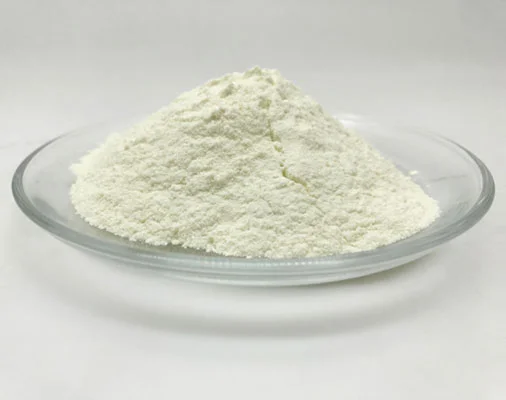- This topic is empty.
-
AuthorPosts
-
13/06/2025 at 17:11 #95391
Skin whitening or lightening remains a significant interest in dermatology and cosmetic science. In this blog post, as a high performance cosmetic raw materials manufacturer, Viablife will share the whitening effect of caffeic acid for skin, including its chemical structure, biological properties, mechanism of action, etc.
Chemical Structure and Physicochemical Properties of Caffeic Acid
Caffeic acid is chemically designated as 3,4-dihydroxycinnamic acid. It consists of a phenolic ring bearing hydroxyl groups at the 3- and 4-positions and a propenoic acid side chain. Its molecular formula is C₉H₈O₄, and its molecular weight is 180.16 g/mol.
* Melting Point: 223–225 °C
* Solubility: Slightly soluble in water; soluble in ethanol, methanol, and DMSO
* Stability: Light-sensitive and prone to oxidation in aqueous media, necessitating formulation in stabilized environments
These physicochemical characteristics enable caffeic acid to be used in a variety of topical formulations with appropriate stabilizers to preserve its bioactivity.

Melanogenesis and Target Pathways
Melanin is produced in melanocytes through a multistep pathway involving several key enzymes, primarily tyrosinase (TYR), tyrosinase-related protein-1 (TRP-1), and tyrosinase-related protein-2 (TRP-2). Tyrosinase is the rate-limiting enzyme that catalyzes the hydroxylation of L-tyrosine to L-DOPA and its subsequent oxidation to dopaquinone.
Caffeic acid targets melanogenesis through multiple mechanisms:
1. Inhibition of Tyrosinase Activity:
Caffeic acid exhibits a competitive or mixed-type inhibition of tyrosinase activity. Its phenolic hydroxyl groups interact with the copper ions in the active site of tyrosinase, thus reducing the catalytic conversion of tyrosine to melanin precursors.
2. Downregulation of Melanogenic Gene Expression:
Caffeic acid has been observed to suppress the expression of melanogenesis-related genes including TYR, TRP-1, and microphthalmia-associated transcription factor (MITF), the master regulator of melanocyte function.
3. Antioxidant Mechanism:
Oxidative stress can enhance melanin synthesis by upregulating MITF through reactive oxygen species (ROS)-induced signaling pathways. Caffeic acid, due to its potent free radical-scavenging capacity, reduces intracellular ROS levels, thereby indirectly attenuating melanogenesis.
4. Modulation of Signaling Pathways:
Caffeic acid influences cellular signaling networks such as the PI3K/Akt and MAPK pathways, which are implicated in melanocyte proliferation and melanin synthesis. Modulation of these pathways leads to reduced melanogenic activity.
Comparative Efficacy with Other Whitening Agents
When compared with standard skin-whitening agents, caffeic acid presents a moderate to strong efficacy profile:
Compound
Tyrosinase Inhibition
Melanin Reduction
Cytotoxicity
Antioxidant Support
Caffeic Acid
Moderate
Moderate
Low
Strong
Kojic Acid
Strong
Strong
Moderate
Weak
Arbutin
Moderate
Moderate
Low
Moderate
Hydroquinone
Very Strong
Very Strong
High
Weak
Ascorbic Acid
Weak
Moderate
Low
Strong
Caffeic acid offers a balanced profile of efficacy, safety, and multifunctionality, making it an attractive alternative or adjunct in whitening formulations.
Conclusion
Caffeic acid (CAS No. 331-39-5) stands as a potent. Its ability to inhibit tyrosinase, suppress the expression of genes involved in melanin production, and fight oxidative stress makes it a versatile cosmetic raw material for improving hyperpigmentation and skin tone.
Why Choose Viablife Caffeic Acid?
Most commercially available caffeic acid typically ranges in purity from 70% to 90%, often appearing dark yellow due to residual impurities. This lower-quality form can present formulation challenges in cosmetic applications, including instability, discoloration, and reduced efficacy. Viablife sets itself apart by utilizing advanced biosynthesis and precision-controlled fermentation technology to produce caffeic acid with a purity exceeding 99%. This high-purity product not only offers superior consistency and performance but also features a significantly lighter color, making it highly suitable for premium skincare formulations that demand both efficacy and aesthetic appeal!
https://www.viablife.net/news/whitening_effect_of_caffeic_acid_for_skin.html
Viablife -
AuthorPosts
- You must be logged in to reply to this topic.
